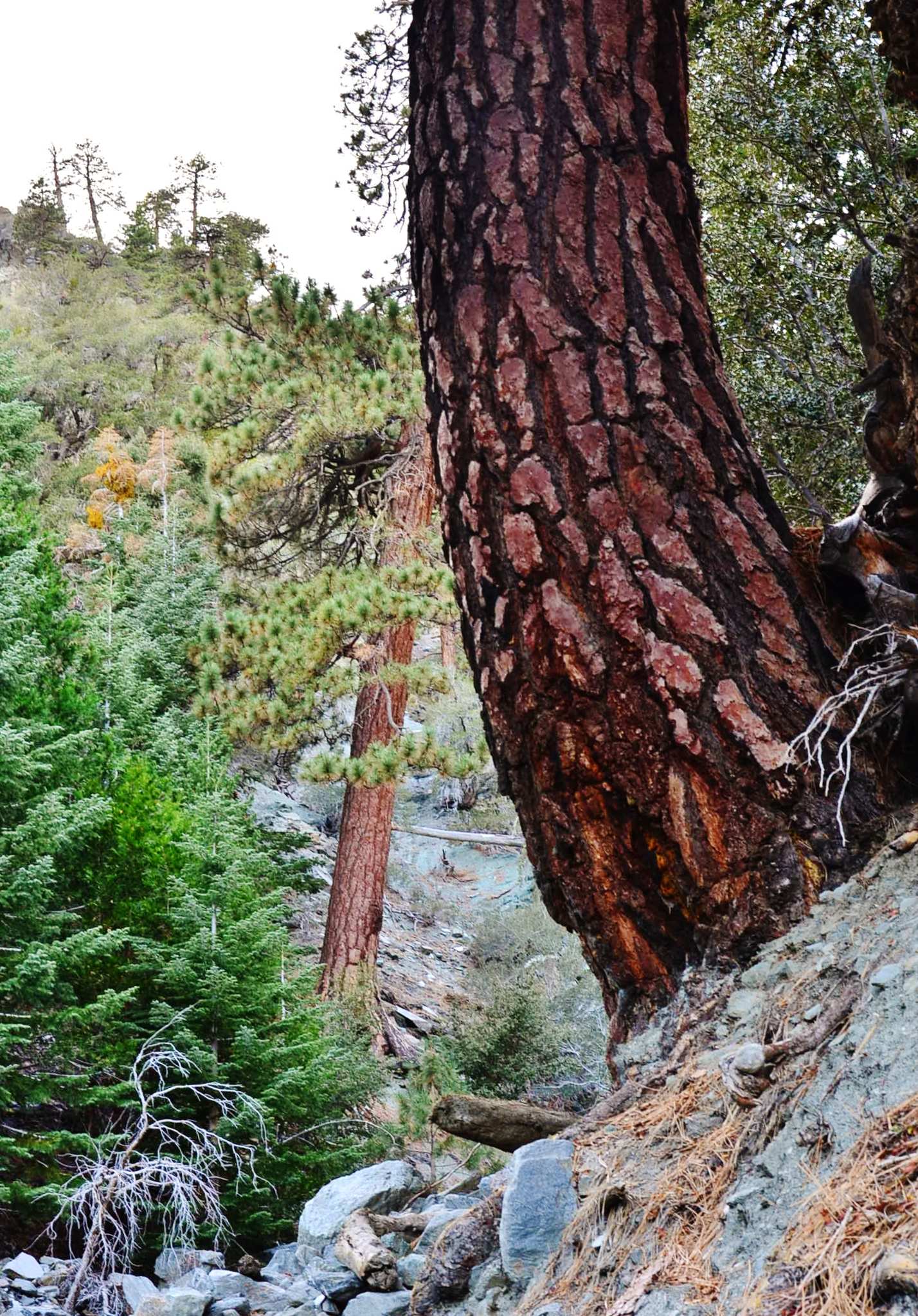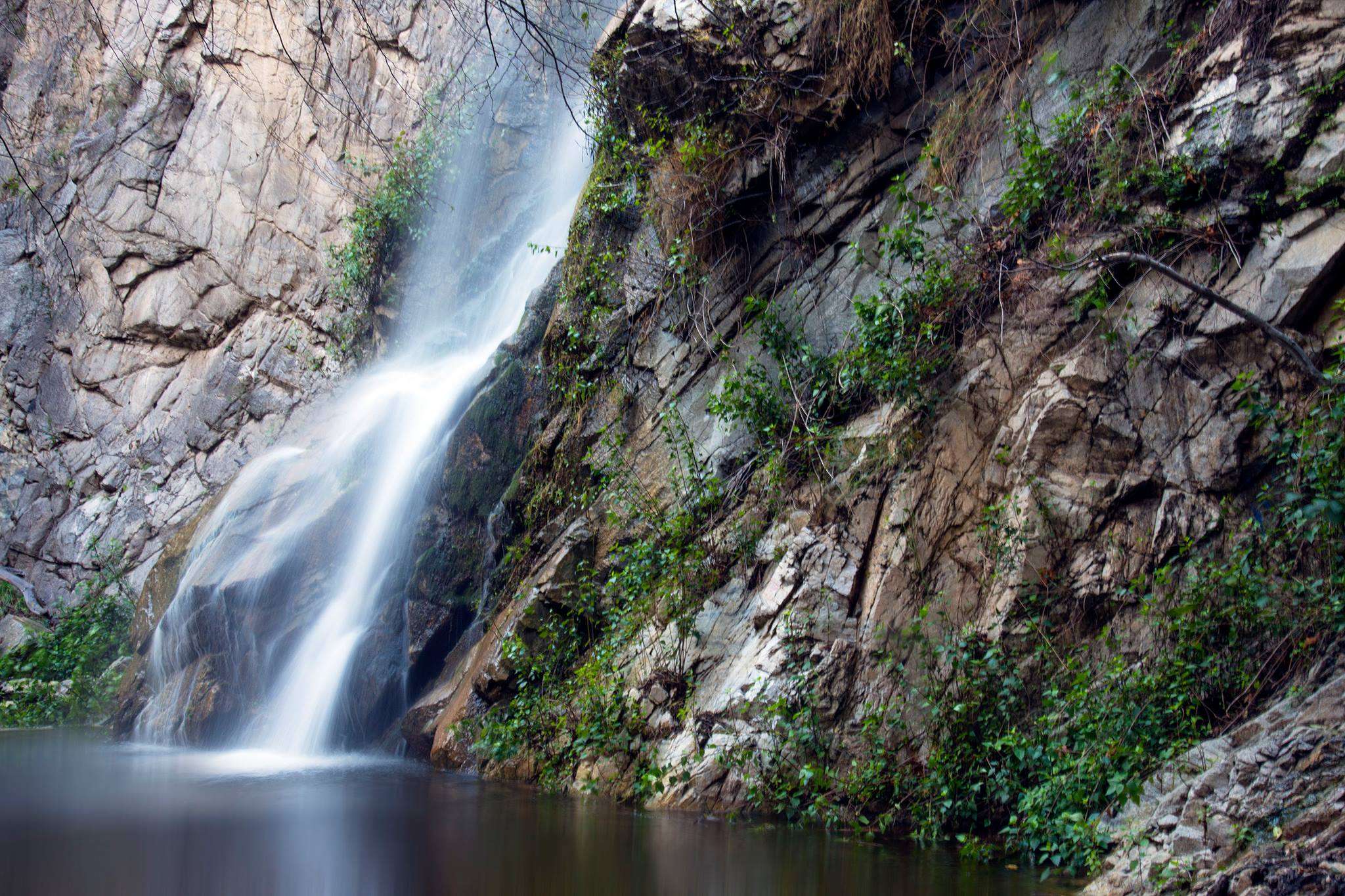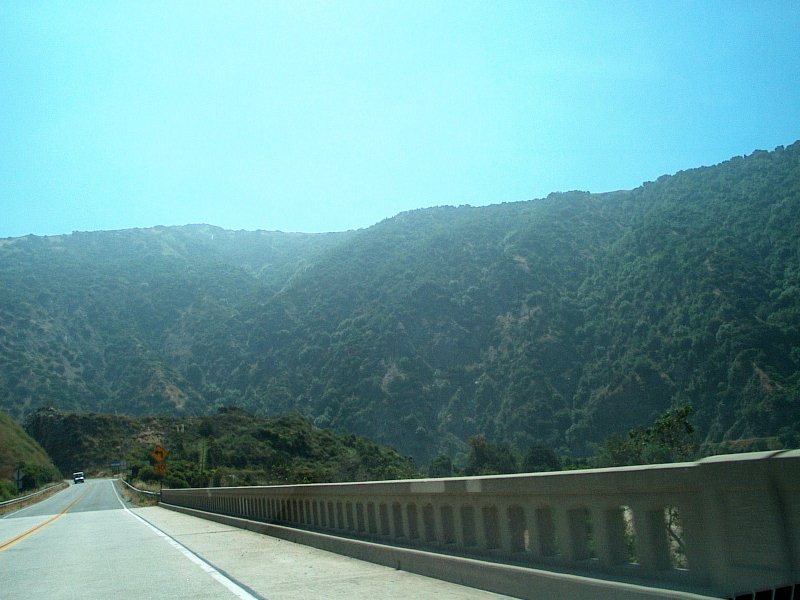The Angeles National Forest, a vast wilderness area in Southern California, has seen a significant increase in hiker rescues in recent years. With a 40% rise in rescue missions over the past five years and a 20% increase in the summer of 2024 alone, the need for hiker safety awareness has never been more critical. This guide explores the reasons behind these rescues, safety protocols, and emergency response procedures to help hikers stay safe while enjoying the beauty of the Angeles National Forest.
What Are the Key Statistics on Hiker Rescues in Angeles National Forest?

The Los Angeles County Sheriff Search and Rescue team has been increasingly busy in recent years:
- 723 rescue missions conducted in 2018
- 40% increase in rescues over the past five years
- 20% increase in hiking rescues during the summer of 2024
These numbers highlight the growing need for hiker awareness and preparedness when venturing into the Angeles National Forest.
Why Are Hiker Rescues Becoming More Frequent?

Several factors contribute to the rising number of hiker rescues:
- Dehydration and heat-related illnesses
- Accidents involving motorcycles and mountain bikes
- Hikers getting lost or injured
- The ‘selfie factor’ – misjudging locations while taking photos
The record heat waves experienced in recent years have exacerbated these issues, leading to more hikers requiring assistance.
What Safety Protocols Should Hikers Follow?
To minimize the risk of needing rescue, hikers should adhere to the following guidelines:
Recommended Gear
- Carry sufficient water (at least 1 liter per hour, 2 liters per hour in extreme heat)
- Pack electrolytes to prevent dehydration
- Wear proper clothing and footwear, especially for off-trail expeditions
Trail Conditions
- Avoid hiking during the hottest part of the day (10 a.m. to 5 p.m.)
- Opt for early morning or late afternoon hikes
- Stay on marked trails and avoid unnecessary risks
Emergency Contact Information
- Fill out the LA County Sheriff’s Department Hiking Plan form
- Leave the form on your car’s dashboard at the trailhead
How Do Emergency Response Procedures Work in Angeles National Forest?
When a hiker needs rescue, a well-coordinated response is initiated:
- Activation of rescue mission, often through cell phone calls (25% of cases)
- Use of GPS data to locate hikers quickly
- Deployment of specialized equipment, including helicopters and ambulances
- Skilled teams, like the Sheriff’s Air Rescue 5, conduct aerial rescues when necessary
While exact response times vary, the use of modern technology has significantly improved rescue efficiency.
What Amenities and Facilities Are Available for Hiker Safety?
The Angeles National Forest provides several resources to support hiker safety:
| Amenity | Description |
|---|---|
| Ranger Stations | Offer information and assistance to hikers |
| First Aid Kits | Available at ranger stations and some trailheads |
| Communication Tools | Provided at key locations for emergency use |
| Parking Areas | Designated spaces near trailheads for vehicle parking and plan form placement |
How Can Hikers Prepare for a Safe Experience in Angeles National Forest?
- Plan Your Route:
- Research the trail difficulty and length
- Check weather forecasts and trail conditions
-
Inform someone of your hiking plans
-
Pack Essentials:
- Water and electrolytes
- High-energy snacks
- First aid kit
- Navigation tools (map, compass, GPS device)
-
Emergency shelter (space blanket or bivy sack)
-
Dress Appropriately:
- Wear layers suitable for changing weather conditions
- Choose sturdy, comfortable hiking boots
-
Bring sun protection (hat, sunscreen, sunglasses)
-
Stay Informed:
- Attend ranger-led programs or safety workshops if available
- Join local hiking groups for shared knowledge and experience
-
Follow Angeles National Forest social media for updates and alerts
-
Know Your Limits:
- Choose trails that match your fitness level and experience
- Turn back if conditions worsen or you feel unsafe
- Don’t push beyond your physical capabilities
By following these guidelines and staying informed about the potential risks, hikers can significantly reduce their chances of needing rescue in the Angeles National Forest. Remember, preparation and caution are key to a safe and enjoyable hiking experience in this beautiful wilderness area.

